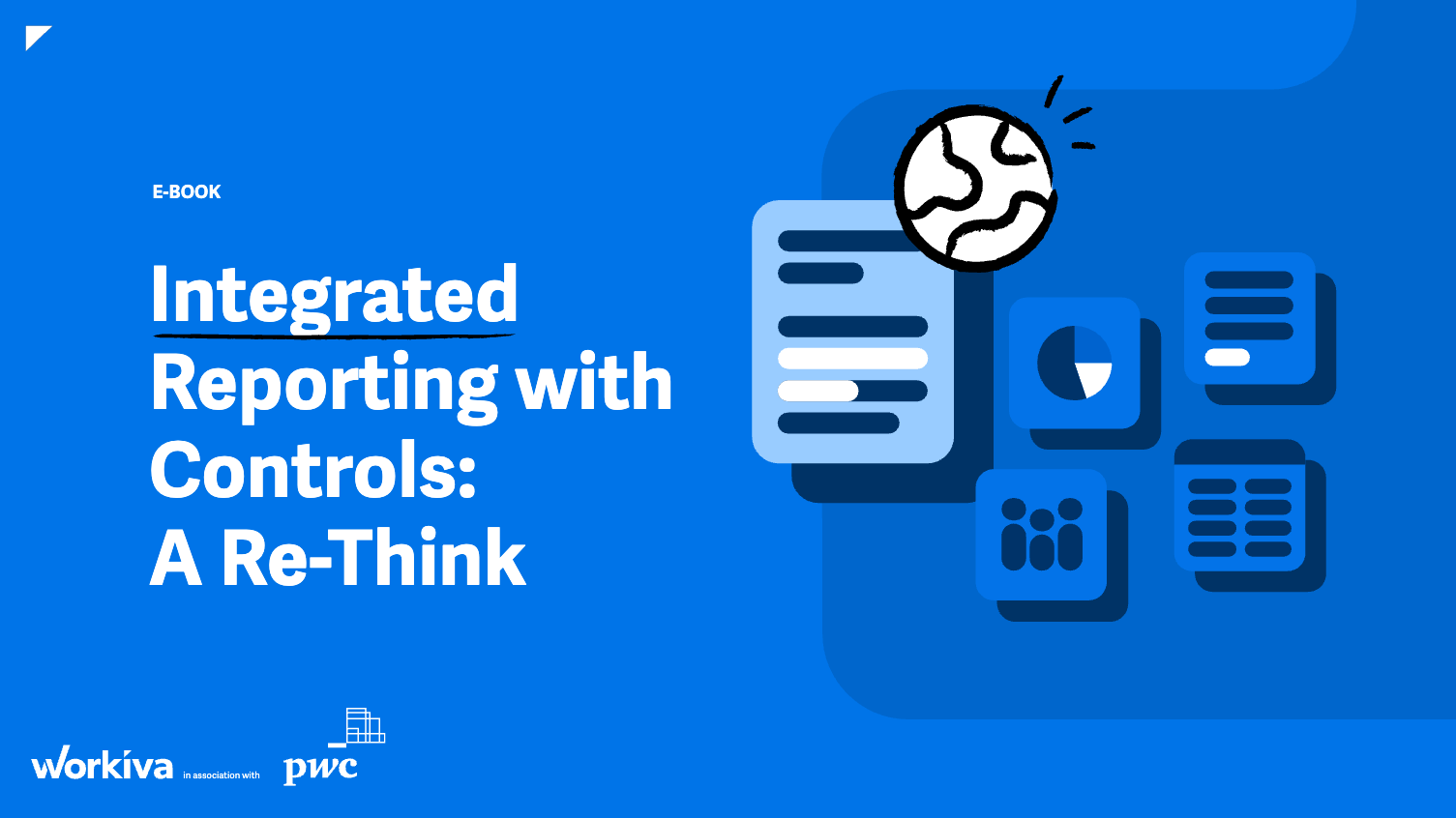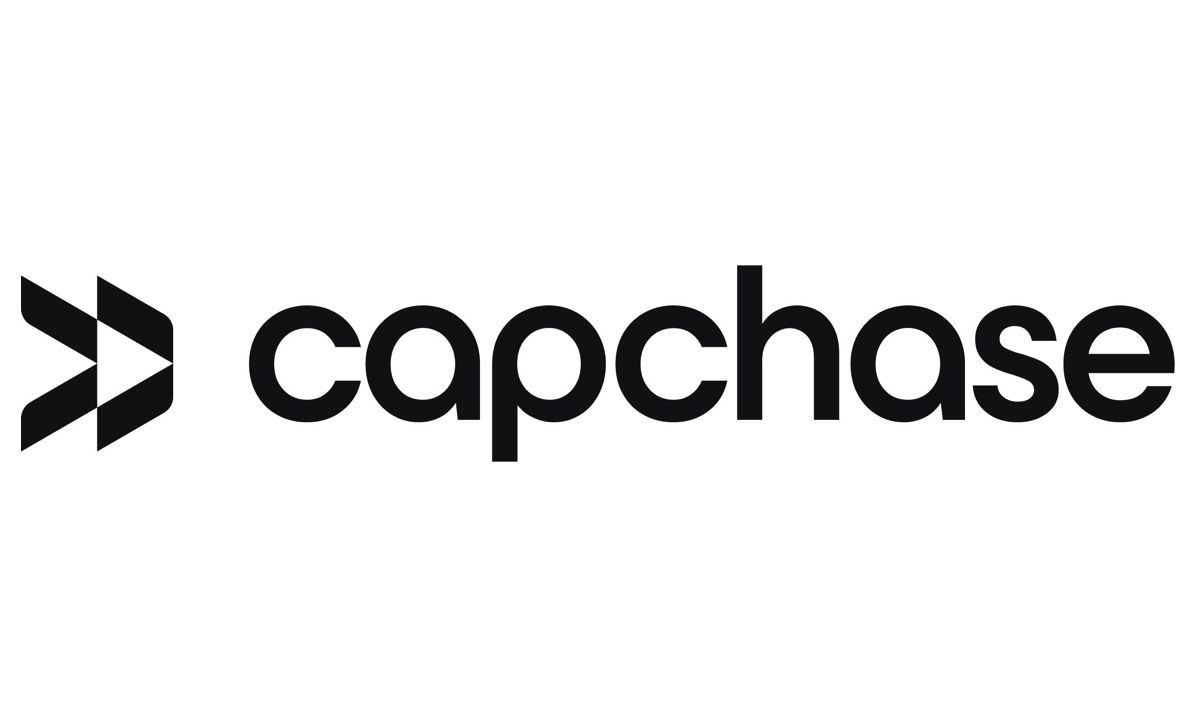Celebrating Four Decades of Excel
Microsoft Excel, the ubiquitous spreadsheet software, is celebrating its 40th anniversary and continues to be a cornerstone tool for finance professionals around the globe. Since its initial release in 1985, Excel has evolved into a powerful, flexible platform that remains indispensable to analysts, accountants, and CFOs alike.
Despite the proliferation of new data and analytics tools, Excel maintains a loyal following in the financial sector. Its intuitive interface, customizable formulas, and extensive functionality make it a go-to solution for tasks ranging from budgeting and forecasting to risk modeling and capital planning.
Why Finance Professionals Still Love Excel
To understand Excel’s enduring appeal, one need look no further than its adaptability. Finance executives emphasize that Excel offers a unique blend of flexibility, familiarity, and control that more specialized tools often lack. “You can do everything from simple calculations to building complex financial models,” said one CFO at a private equity firm.
Another key factor is Excel’s near-universal adoption. Because virtually every organization relies on it in some capacity, sharing and collaborating on financial documents is seamless. “There’s no learning curve when you send someone an Excel file,” noted a finance director at a multinational corporation. “Everyone knows how to navigate it.”
Challenges and Limitations
However, Excel is not without its challenges. As data volumes increase and regulatory requirements become more stringent, some finance professionals are seeking alternatives that offer greater automation, security, and scalability. Excel’s manual nature can make it prone to human error, and its lack of centralized control may pose governance risks in large organizations.
“There’s a real need for version control and audit trails, especially in highly regulated environments,” explained a CFO at a European bank. “That’s where dedicated financial planning software has an edge.”
Still, many experts agree that Excel’s flexibility allows it to coexist with newer tools rather than be replaced by them. Integration with platforms like Power BI, Python, and cloud-based systems has helped Excel remain relevant in an increasingly digital world.
Excel’s Role in a Changing Financial Landscape
As finance continues to evolve, so too does Excel. Microsoft has invested heavily in enhancing Excel’s capabilities, particularly around automation and data connectivity. Features like dynamic arrays, XLOOKUP, and Power Query have significantly expanded what users can accomplish within the spreadsheet environment.
Moreover, Excel’s integration with Microsoft 365 enables real-time collaboration and cloud-based access, addressing some of the limitations of earlier versions. “We’re seeing a new generation of finance professionals who use Excel alongside coding languages and BI tools,” said a fintech consultant. “It’s not an either-or proposition—it’s both.”
Indeed, Excel’s ability to serve as a bridge between traditional accounting workflows and modern data practices is a key part of its continued relevance. Whether used for building dashboards, cleaning datasets, or running simulations, Excel remains a vital component of the finance toolkit.
Global CFO Perspectives
Ahead of the upcoming NATO summit, finance leaders across industries are also reflecting on broader economic and geopolitical trends. A German defense company’s CFO, for example, highlighted the strategic importance of capital allocation in a time of rising global tensions. “We have to ensure that every euro is invested wisely,” he said. “Excel plays a role in helping us analyze different scenarios and make informed decisions.”
Other CFOs echoed similar sentiments, emphasizing the need for resilience and agility in financial planning. Whether addressing inflationary pressures, supply chain disruptions, or shifting market dynamics, Excel continues to provide the analytical foundation for navigating uncertainty.
Looking Ahead
As Excel enters its fifth decade, the question isn’t whether it will survive but how it will adapt. Microsoft’s ongoing updates and the finance community’s creative use of the tool suggest a future where Excel remains integral—albeit as part of a broader ecosystem of solutions.
Finance leaders are optimistic that Excel will continue to evolve alongside their needs. “It’s like a Swiss Army knife—there’s always another way to use it,” remarked one CFO. “As long as finance exists, there will be a place for Excel.”
This article is inspired by content from Bloomberg. It has been rephrased for originality. Images are credited to the original source.







